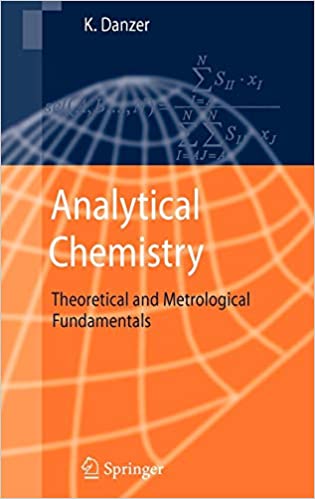Titration with iodine or thiosulfate
Iodometry is one of the most important redox titration methods. Iodine reacts directly, fast and quantitively with many organic and inorganic substances. Thanks to its relatively low, pH independent redox potential, and reversibility of the iodine/iodide reaction, iodometry can be used both to determine amount of reducing agents (by direct titration with iodine) and of oxidizing agents (by titration of iodine with thiosulfate). In all cases the same simple and reliable method of end point detection, based on blue starch complex, can be used.
Reversible iodine/iodide reaction mentioned above is
2I- ↔ I2 + 2e-
and obviously whether it should be treated as oxidation with iodine or reduction with iodides depends on the other redox system involved.
Second important reaction used in the iodometry is reduction of iodine with thiosulfate:
2S2O32- + I2 → S4O62- + 2I-
In the case of both reactions it is better to avoid low pH. Thiosulfate is unstable in the presence of acids, and iodides in low pH can be oxidized by air oxygen to iodine. Both processes can be source of titration errors.
Iodine is very weakly soluble in the water, and can be easily lost from the solution due to its volatility. However, in the presence of excess iodides iodine creates I3- ions. This lowers free iodine concentration and such solutions are stable enough to be used in lab practice. Still, we should remember that their shelf life is relatively short (they should be kept tightly closed in dark brown bottles, and standardized every few weeks). Iodine solutions are prepared dissolving elemental iodine directly in the iodides solution. Elemental iodine can be prepared very pure through sublimation, but because of its high volatility it is difficult to weight. Thus use of iodine as a standard substance, although possible, is not easy nor recommended. Iodine solutions can be easily normalized against arsenic (III) oxide (As2O3) or sodium thiosulfate solution.
It is also possible to prepare iodine solutions mixing potassium iodide with potassium iodate in the presence of strong acid:
5I- + IO3- + 6H+ → 3I2 + 3H2O
Potassium iodate is a primary substance, so solution prepared this way can have exactly known concentration. However, this approach is not cost effective and in lab practice it is much better to use iodate as a primary substance to standardize thiosulfate, and then standardize iodine solution against thiosulfate.




